Star Mushroom
Useful for a variety of important functions, Star Mushrooms are symbiotic with Trees of Life
Content Warning: Mention of Psychoactive Drugs
Basic Information
Anatomy
Genetics and Reproduction
Growth Rate & Stages
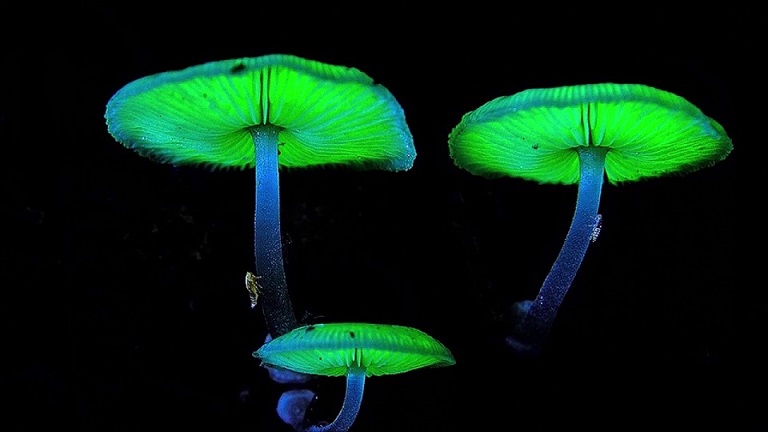
Ecology and Habitats
Additional Information
Domestication
Uses, Products & Exploitation
"There better be potions," he mumbled, spitting out a bit more blood and slime. It looked like he might not even make it back to the Sword of Courage at this rate. And of course, this was assuming they were going in the direction he assumed they would--back home. Maybe they had chosen to go somewhere else. He finally found the manifest exactly where it was supposed to be; clipped to the wall. He had to bring the lantern right up to it to see it properly. He almost swooned in relief when he saw it, appropriately listed under "Medical Supplies". Crate #1074:"Two each for a full crew," he sighed in relief. That was good. It had just occurred to him that the whole ship might be contaminated, and he might have to take them for a few days while the spindizzy slowly worked the contamination out of the ship. Shaundar weaved his way over to the crate in question with a crowbar. He had no strength in his limbs. It took him way longer than it should have to pry it open. He had to work slowly, first at one corner, then another, then a third, and so on, until finally the nails tore free with a squeak. He grabbed one of each and knocked them back. The first one tasted like peppermint and willow bark. The second tasted like dry powder and something bitter, and it glowed faintly blue. The third tasted like fresh spring water and radiated a faint silver glow. Warm and cool sensations flooded through his body in waves. Suddenly he was too exhausted to keep his eyes open anymore. I'll just rest right here for a moment, he thought, and then he didn't think about anything else for some time.
- (24) Healing Potions
- (24) Anti-Toxin Potions
- (24) Curing Potions
--Brothers in Arms by Diane Morrison
Symbiotic and Parasitic organisms
Don't forget that you can click on the blue compass on the left to access the Table of Contents at any time!
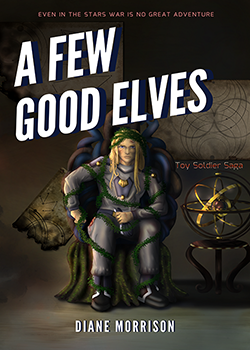
Want to read all of the Toy Soldier Saga fiction, even before the rest of the world does?Subscribe now!
Video by Oleg Gamulinskiy
- Eons for the universal veil (the organism itself)
- Several decades for a given "mushroom" (fruiting body of the organism)
- Fruiting Body -- 3 meters or 10 feet diameter
- Cap -- About 5 meters or 16 feet diameter
- Organism -- up to thousands of km
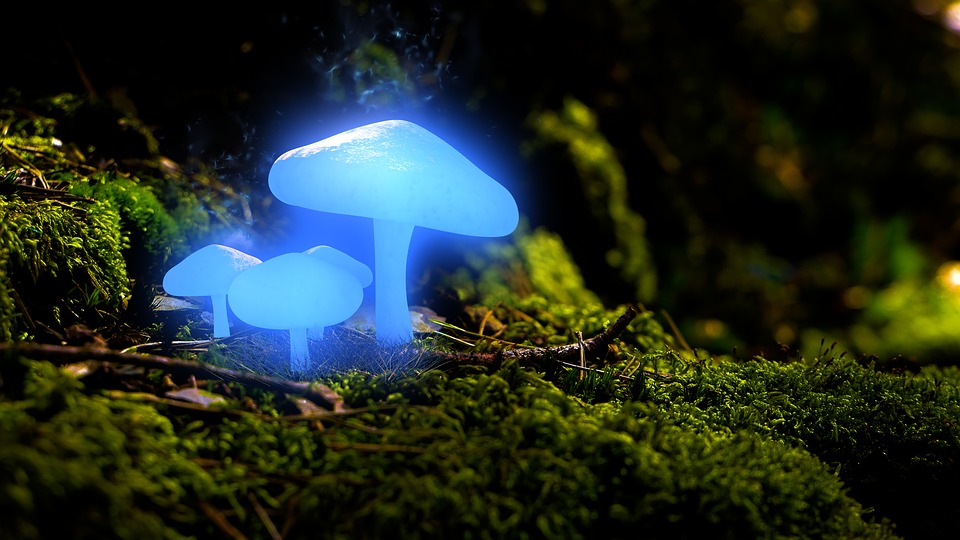
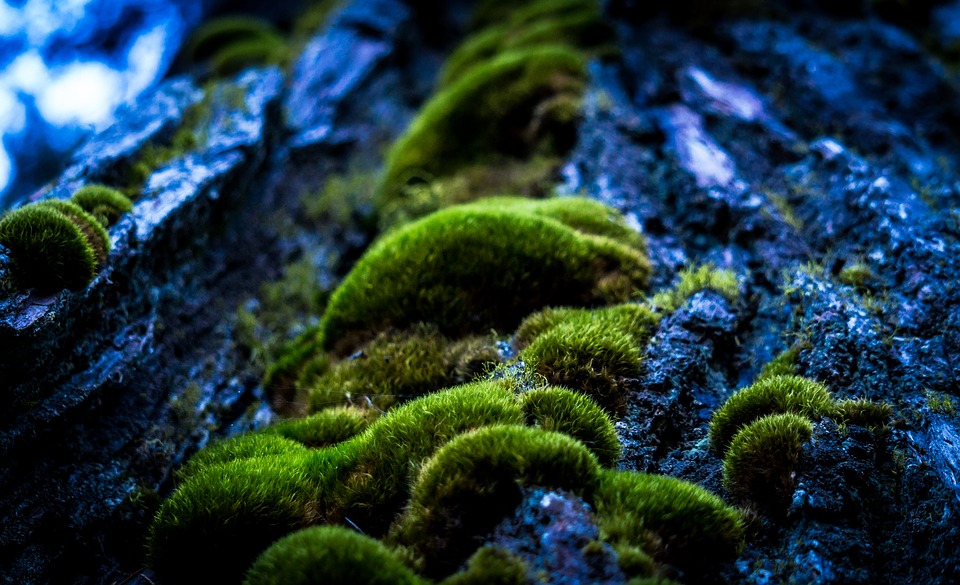

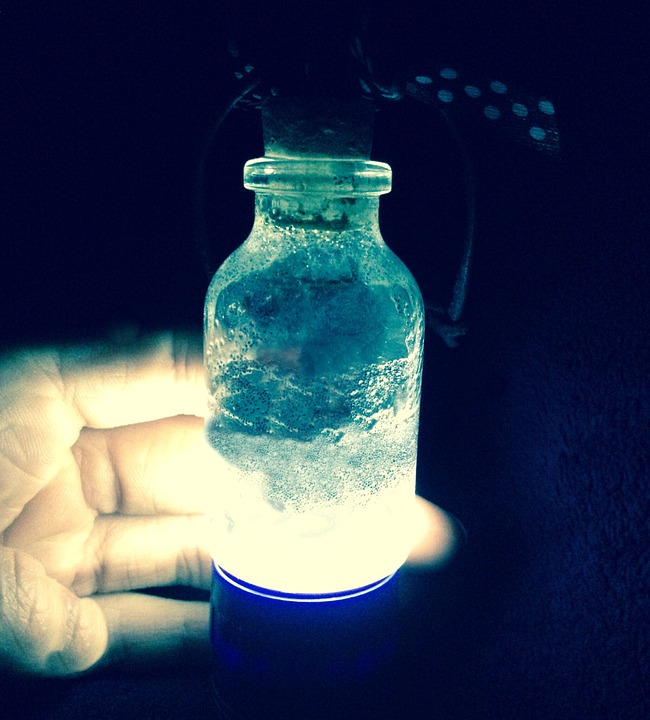
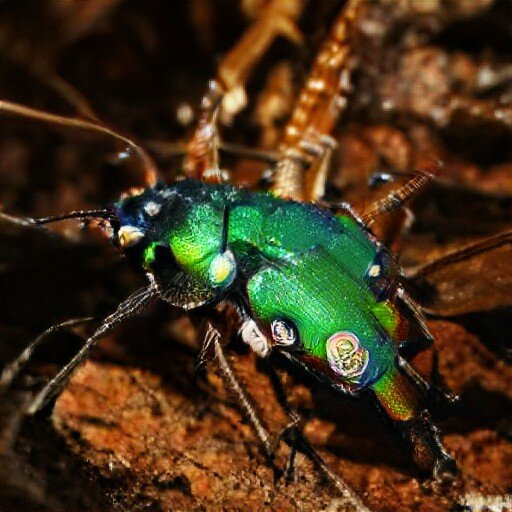
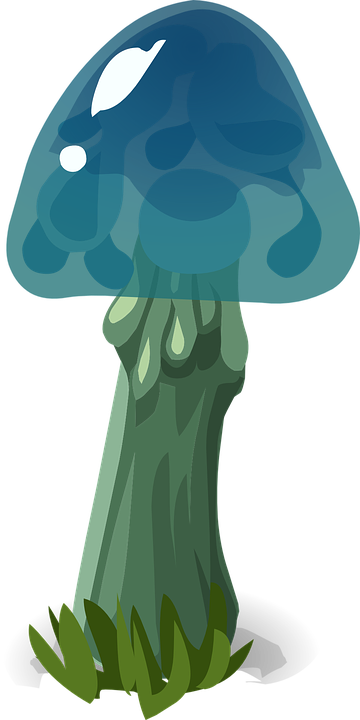




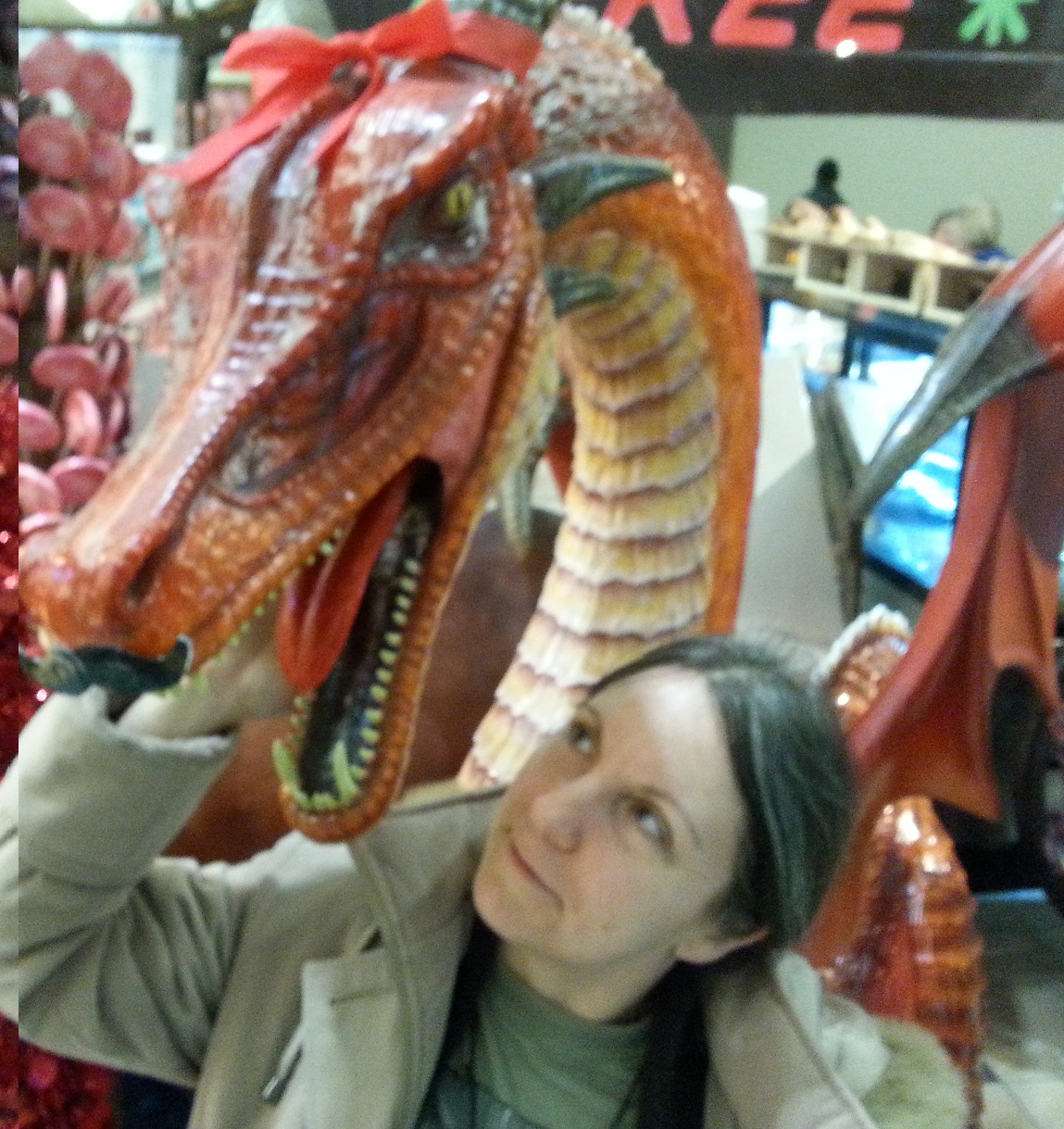

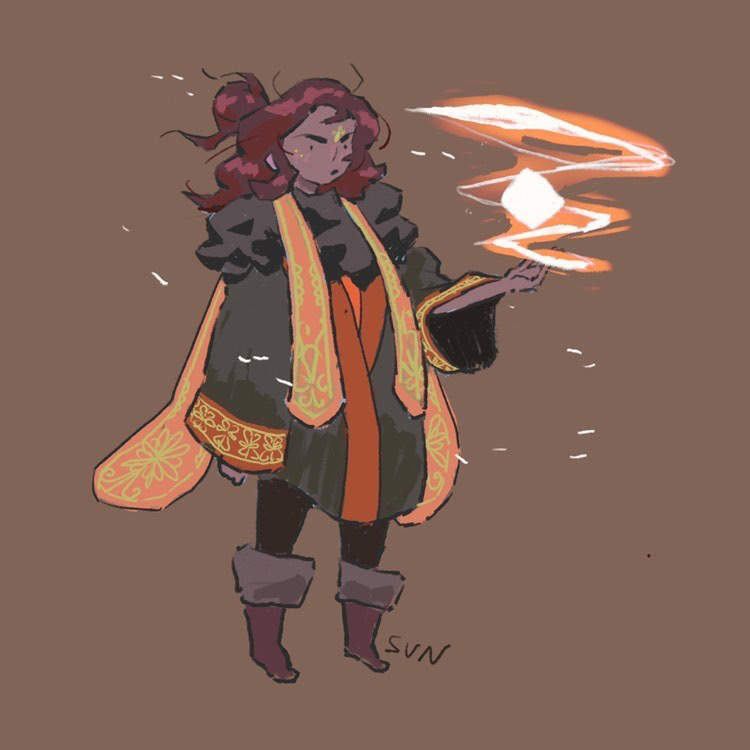


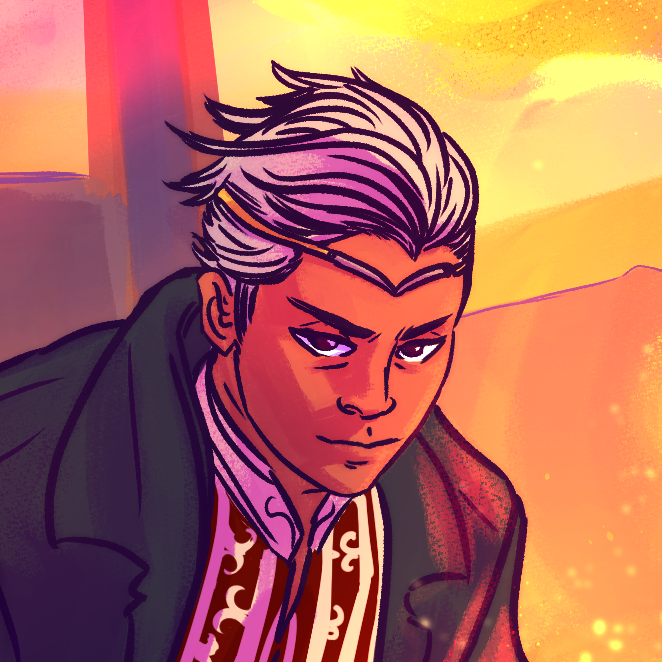

MUSHIES! Everybody loves mushrooms, right?
Mushrooms are practically alien entities anyway. It really made too much sense not to use them. And I got my stream to vote on a few options, and this was the one they wanted! :D